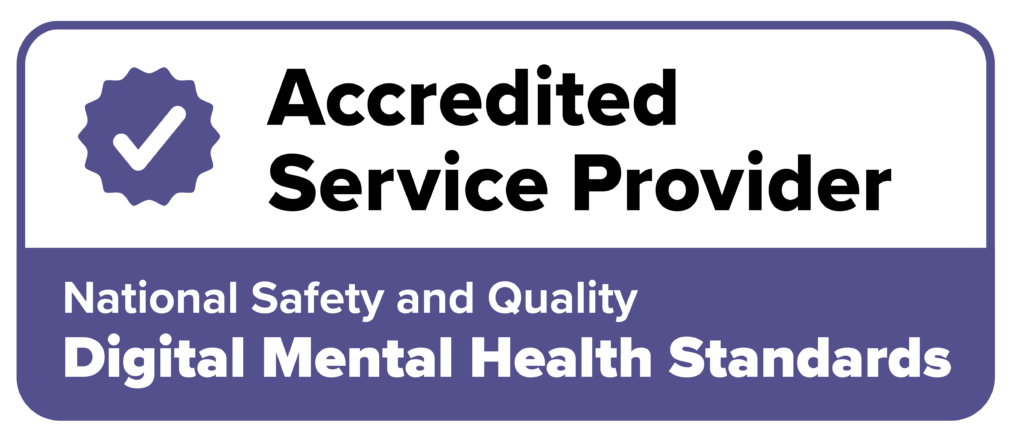All of us need to take time out from stress. This includes the possible triggers of being around people. This is particularly important when we have experienced complex trauma, especially from childhood. That’s because people who were traumatised as a child often find it difficult to regulate their levels of arousal, and their emotions.
We call the place where we’re feeling okay the Window of Tolerance. This is the arousal zone in which we can tolerate our feelings without ‘flipping our lid’. When we ‘flip our lids’ we are moving above or below our Window of Tolerance. Doing so when we have experienced trauma is a biological response. It is to be expected.
With a fight or flight response, we move above our Window of Tolerance (hyper-arousal) and below our Window into a freeze response (hypo-arousal). These are both reactions to trauma.
Trauma survivors often have a tiny Window of Tolerance. This is because the traumatised brain is used to threat. It is prepared for danger. When we have experienced trauma we are easily overwhelmed and triggered. Little things can set us off. While sometimes we can’t help being triggered because it’s a biological reaction, we can learn to change it.







